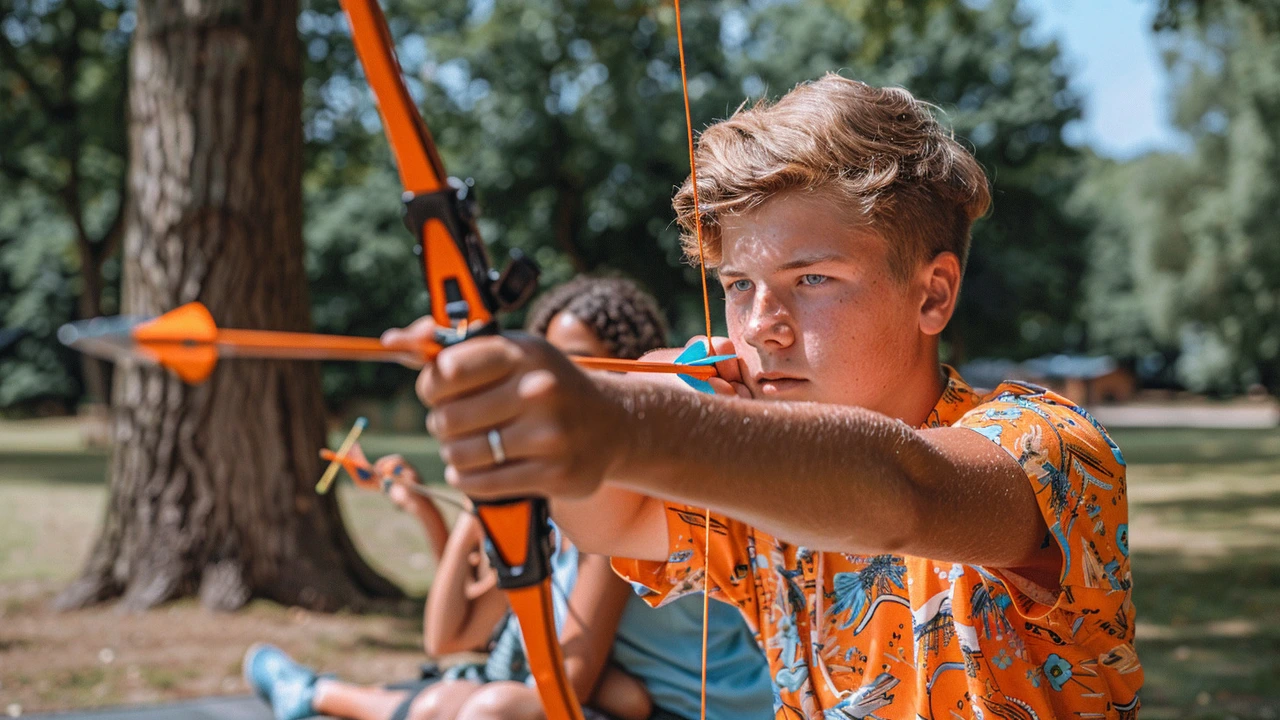Cultural sustainability: How art and architecture keep communities alive
What if saving one old building could protect traditions, jobs, and neighborhood memory? Cultural sustainability links art and architecture with everyday life. It’s about keeping places, crafts, and stories useful so communities don’t lose what makes them unique.
Start with the concrete: buildings and public art. Fixing roofs, updating wiring, and using materials that match original craft keeps structures standing and usable. Adaptive reuse — turning an empty factory into an arts center or a rowhouse into a community gallery — keeps the past useful. That approach saves money compared with demolition and new builds, and it attracts visitors, tenants, and small businesses.
Don’t ignore the invisible side: language, festivals, recipes, and craft skills. These need regular practice and markets. Host workshops where elders teach weaving or local music. Pair makers with designers who can help sell their work online. Simple actions like regular markets or artist residencies make traditions visible and economically viable.
Practical steps for planners and communities
Create small, clear policies that protect cultural assets. Offer tax credits or low-interest loans for repair work. Use zoning incentives to reward projects that preserve façades or keep public art. Require documentation — photos, measured drawings, oral histories — before any major change. That archive becomes a working toolkit for future repairs and programs.
Engage neighbors early. Host walking tours, pop-up exhibits, and listening sessions where residents name what matters. When people feel heard, they support projects and volunteer time. Use local schools to get kids involved: field trips to historic sites, art projects inspired by local buildings, or story-mapping exercises that capture memories tied to places.
Funding, measurement, and small wins
Funding doesn’t have to come only from big grants. Mix public funds with community crowdfunding, business sponsorship, and earned income from events or rentals. Track simple metrics: number of repaired buildings, jobs created, workshops held, and attendance at cultural events. These numbers show progress and help secure more support.
Look for quick wins. Repair one storefront to show the effect. Start a monthly craft fair in a plaza. Launch a mural program that hires local artists. These small moves build momentum and prove cultural sustainability works in practice.
If you care about your town, act now. Vote for preservation-friendly policies, support local artists, and bring older neighbors into planning conversations. Cultural sustainability isn’t a slogan — it’s a set of practical steps that keep art and architecture part of daily life while creating real economic and social value.

Revivalism Reborn: Embracing Tradition in Modern Society
In the heart of modern society's relentless pursuit of progress lies a growing movement towards rediscovering and rejuvenating ancient traditions. Revivalism, as it's known, is not about living in the past but rather bringing the wisdom, principles, and practices of our ancestors into contemporary relevance. Through the lens of cultural sustainability, this article delves deep into the phenomenon of revivalism, exploring how old traditions are being reinterpreted and adapted to fit today's world. It provides insights into the motivations behind this movement, its implications for cultural identity, and practical ways individuals and communities are making these ancient practices part of their modern lives.
Read more